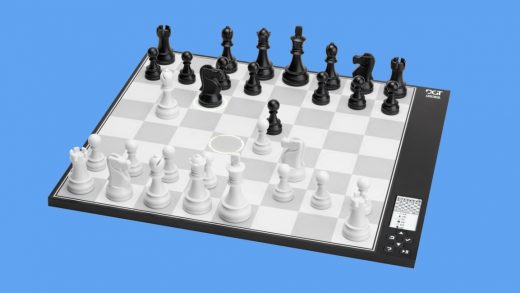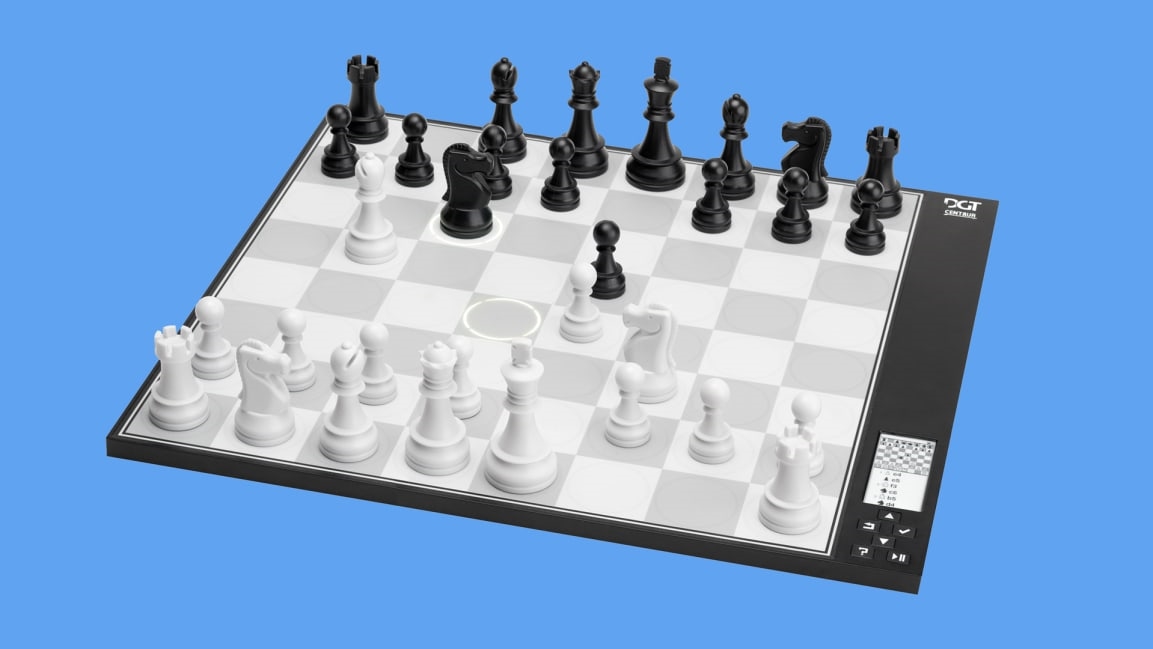Finally learning chess? This MoMA-endorsed smart board plays you like a person
Computers have been beating humans at chess for decades, and they’re now so predictably good at it that chess grandmasters won’t even bother to compete against them.
But in what feels like a gesture of AI benevolence, a 25-year-old digital chess company has created a smart chessboard that learns what your level is and plays moves to match you in a way that feels like you’re playing against a person.
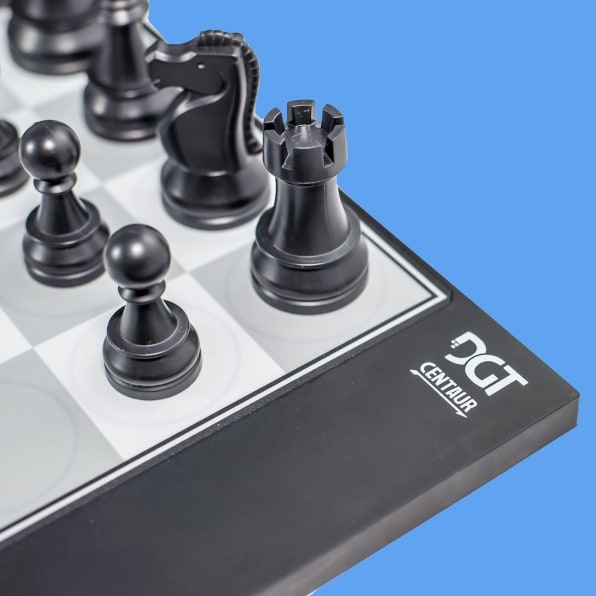
The Centaur Smart Chess Set, which is now on sale at the MoMA Design Store, looks just like a regular chess board, but it tracks the moves that you play, and then indicates the computer’s move using an LED light. (There’s no fancy hardware to move the computer’s pieces, though—you have to do that yourself.) The board is designed for people who love chess and want someone to play against, but prefer the in-person experience to the lighting-fast, five-minute “blitz” games that are popular online.
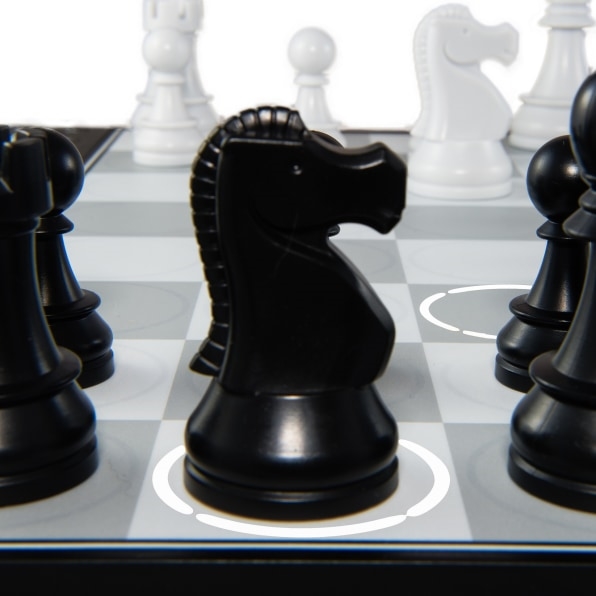
“It’s so much more fun to have an opponent opposite you,” says Hans Pees, the CEO Digital Games Technology (DGT), which created the chess set. “Over the board is how chess is best. To practice with Centaur, to play with real pieces, is a lot more fun than with a diagram. It gives people a better understanding of the positions. It’s more tactile. It’s more real.”
DGT got its start with a digital chess clock that players could use to time their games, and then expanded to electronic chess boards that record games for professionals to live stream to their websites, which are used in top chess tournaments around the world. The company also sells a $772 chess computer designed for the pros to analyze their games, but Pees realized that there was a market of more casual players that the company could cater to as well (though the Centaur is still expensive, at $369).
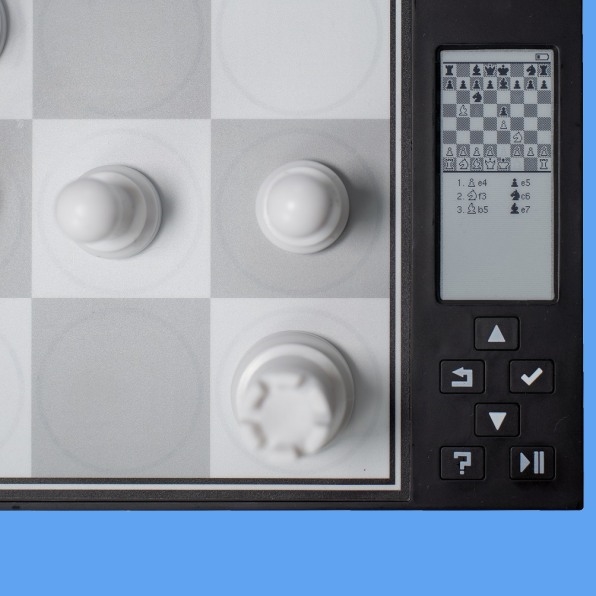
Previously, electronic chess boards could adapt to a player’s skill if you set a difficulty level. But Pees says that often these computers wouldn’t play in a way that was easy to understand or felt very human, particularly at lower levels, because it would make very obviously bad moves. Centaur works differently: For every move, the computer is able to calculate a list of the best possible moves and then analyze your level based on if you’ve taken the 10th best move or the fifth best move. Then, when it’s the computer’s turn, it will make the 10th best move as well, depending on your settings. If you set it to “friendly,” the computer will let you win about half the time. If you set it to “challenging,” it’ll play slightly above your level.
“The great thing about the friendly level is my 8-year-old son will actually beat it—but also lose,” Pees says. “If you’re a master, it’ll have the same results.”
To make the game user-friendly, DGT has also redesigned the classic checkered board to use capacitive touch—the same mechanism that makes touchscreens work—to detect where the pieces on the board are. Previous technology, which had physical switches underneath the board, required you to push down hard on a square when you wanted to move a piece there. But now, the board itself is a big circuit with antennas that can detect whether there’s a piece of metal above it or not (which also means that if you lose a piece, you can replace it with a coin). The computer doesn’t need to know the identity of each piece because it knows all the starting positions. From there, it just keeps track of where the pieces go when you move them.
In essence, it’s just like playing analog chess, but with a computer as your opponent. “If you want to make a product that’s good to play with, you have to make it beatable and fun,” Pees says.
The Centaur Smart Chess Board is available at the MoMA Design Store for $369.
(14)

